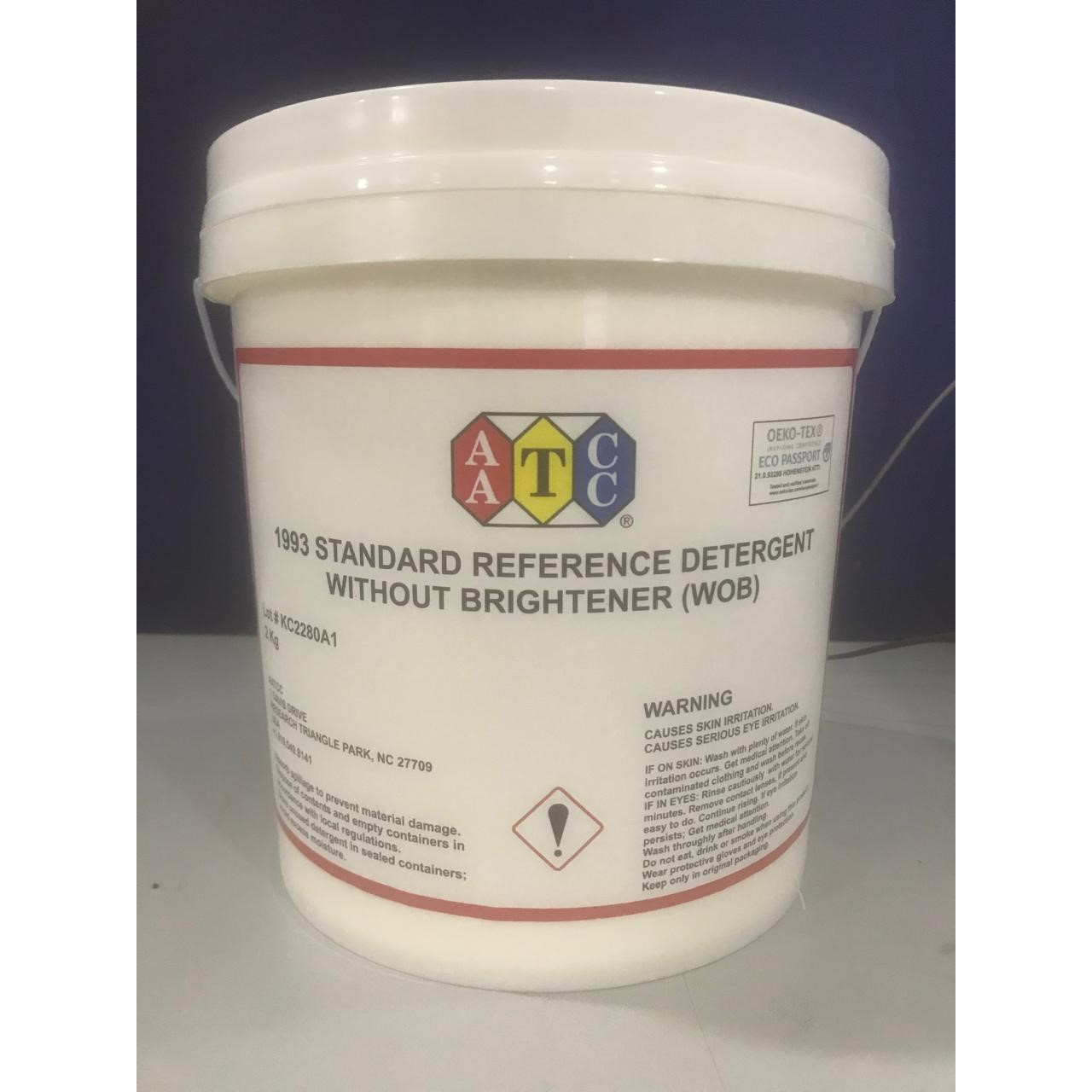
2025-04-11T13:00:31
Colour fastness is a term—used in the dyeing of textile materials—that characterizes a material's colour's resistance to fading or running. Colour fastness is the property of dyes and it is directly proportional to the binding force between photochromic dye and the fibre. The colour fastness may also be affected by processing techniques and choice of chemicals and auxiliaries.[1][2] The term is usually used in the context of clothes. In general, clothing should be tested for colour fastness before using bleach or other cleaning products.[3] Lightfastness, wash fastness, and rub fastness are the main forms of colour fastness that are standardized. The light fastness of textile dye is categorized from one to eight and the wash fastness from one to five, with a higher number indicating better fastness.[4] Washing fastness[edit] The term washing fastness of textiles pertains to the capacity of textile materials, such as fabrics or garments, to maintain their original colour and appearance after undergoing multiple washing and laundering processes. It signifies the textile's ability to endure repeated washing without experiencing fading, bleeding, or other undesirable alterations. The washing fastness of the dyed material is determined by factors such as the solubility and rate of dye desorption from the textile material into soap, detergent, or different alkaline conditions.A dye is a coloured substance that chemically bonds to the substrate to which it is being applied. Dyes are classified according to their solubility and chemical properties. Dyes are selected according to affinity; any given dye does not apply to every type of fiber. Different binding forces act between the dye and substrate, such as Van der Waals forces including attraction and repulsions between atoms, molecules, and surfaces, as well as other intermolecular forces. Direct dye application to cotton results in poor fastness properties when washing. The bond differs from covalent bonding in reactive dyes when applied to cotton, which may result far better fastness than direct dyes. Covalent bond is a stronger bond, caused by correlations in the fluctuating polarizations of nearby particles (a consequence of quantum dynamics).[1][8] The use of mordants with dyes is the standard procedure to obtain color fastness. Pigments as an exception do not bind chemically with textile materials.

Have a question? Ask here!
Required fields are marked *